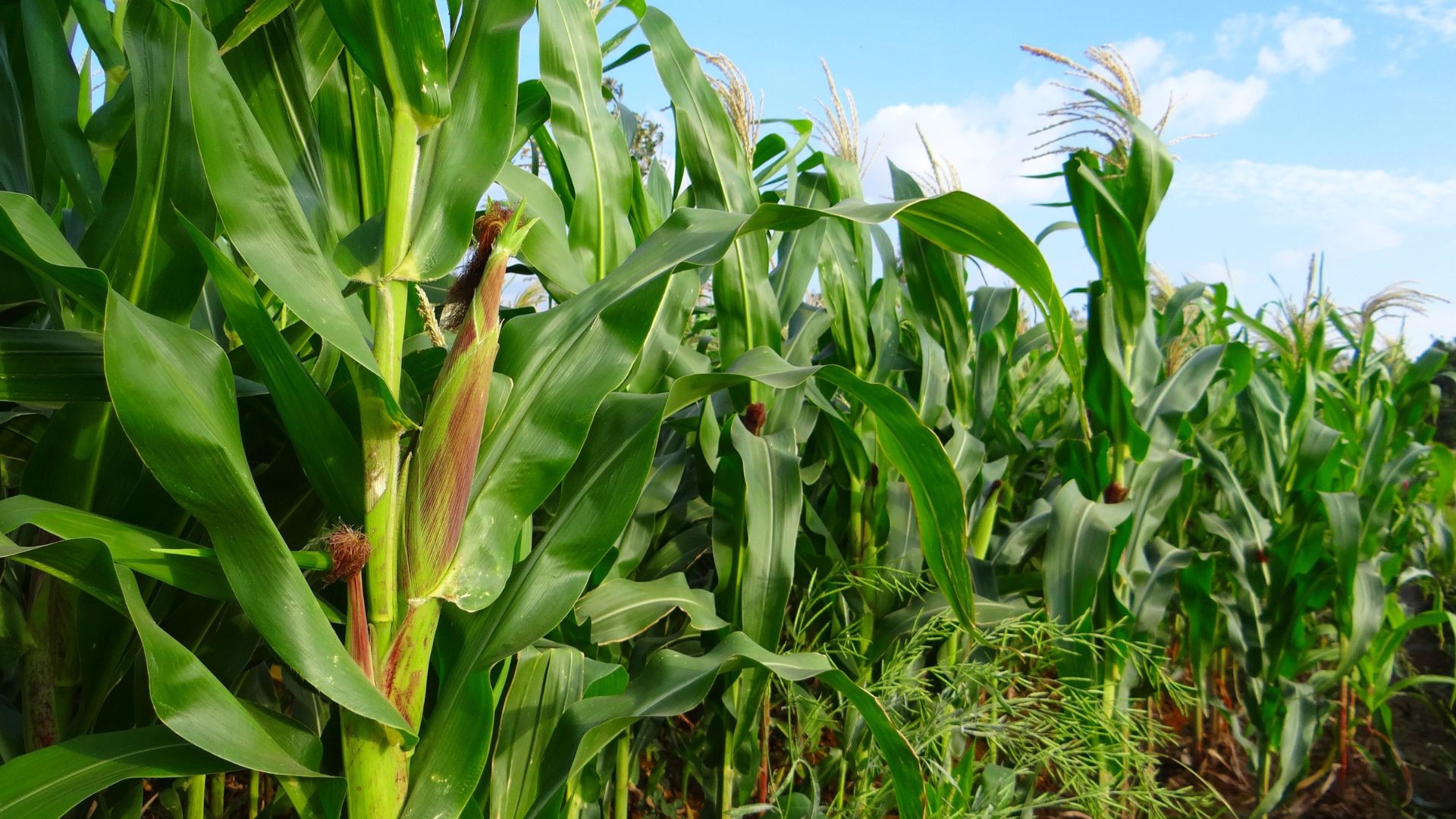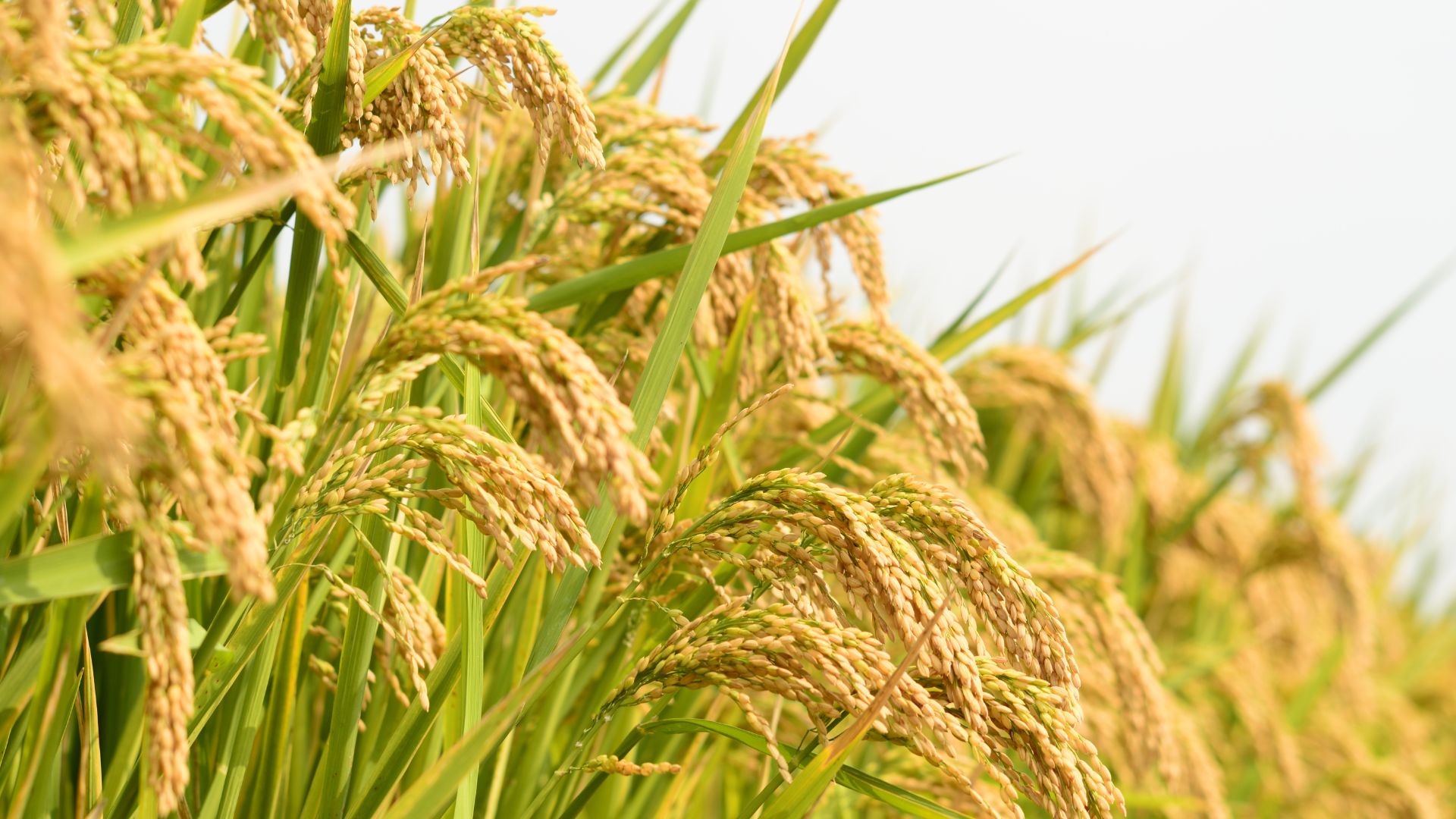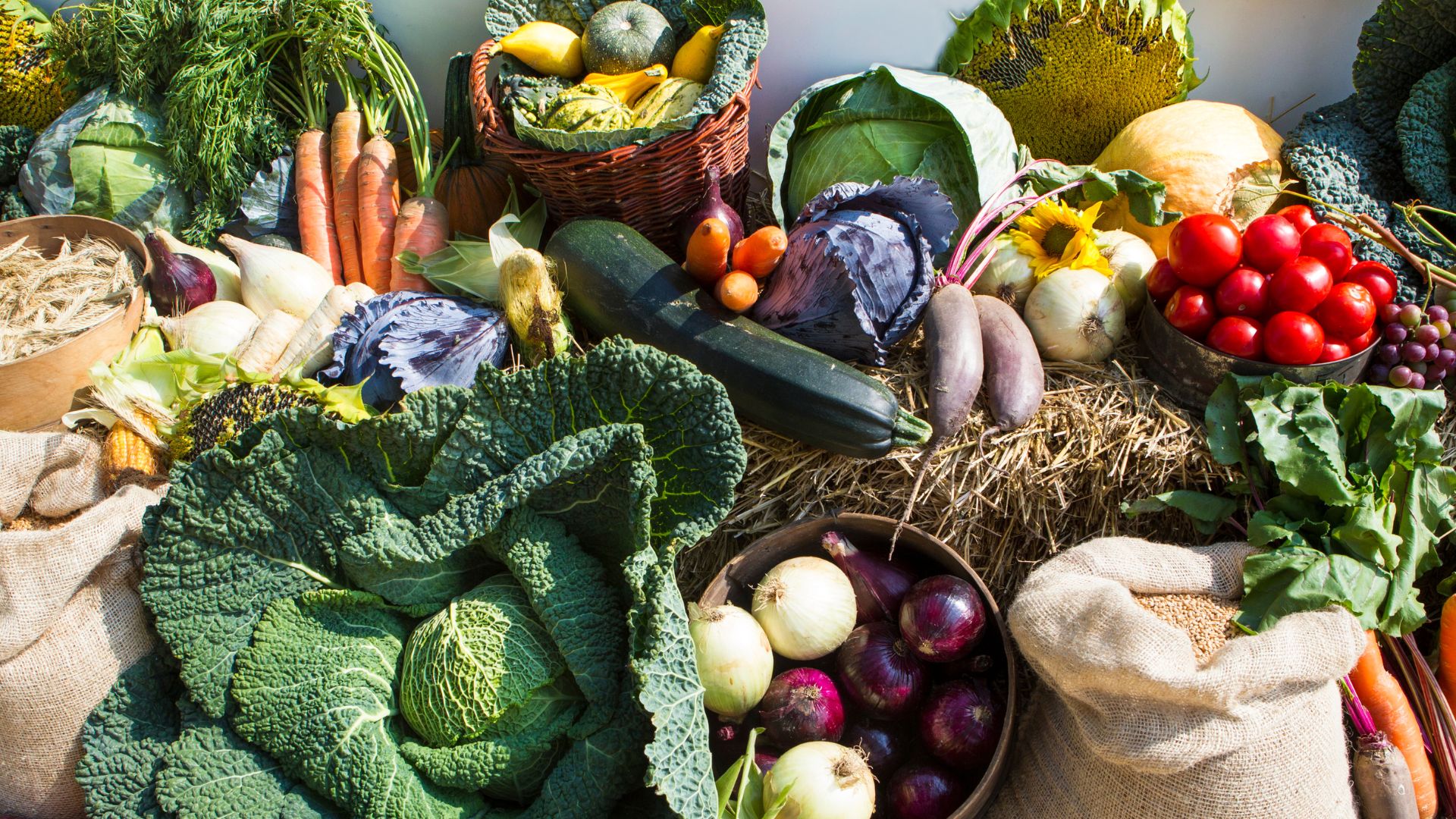The Rise of Bioengineered Crops: Feeding a Growing Population Sustainably

As the global population continues to rise, so does the demand for food. Traditional agricultural methods are struggling to keep up with this demand while facing challenges such as climate change, soil degradation, and water scarcity. Bioengineered crops offer a promising solution by enhancing yields, improving resistance to pests and diseases, and reducing the need for chemical inputs like pesticides and fertilizers.

Genetic modifications allow scientists to develop crops that thrive in extreme conditions. For example, drought-resistant wheat and salt-tolerant rice help farmers grow food in arid and coastal regions where conventional crops would fail. Additionally, bioengineered plants can be fortified with essential nutrients, such as vitamin-enriched golden rice, which aims to combat malnutrition in developing countries.

One of the biggest advantages of bioengineered crops is their potential to reduce environmental harm. Pest-resistant crops like Bt corn minimize the need for chemical pesticides, which can harm beneficial insects and pollute waterways. Similarly, nitrogen-efficient crops help reduce fertilizer runoff, which contributes to harmful algal blooms and water pollution. By enhancing the efficiency of agriculture, biotechnology can support sustainable food production while reducing its ecological footprint.

Despite the benefits, bioengineered crops remain a topic of debate. Some concerns include the potential for crossbreeding with wild plant species and the economic impact on small-scale farmers. However, continued research and responsible implementation can help address these issues. As technology advances, bioengineered crops may become an essential tool in ensuring global food security while minimizing environmental impact.

